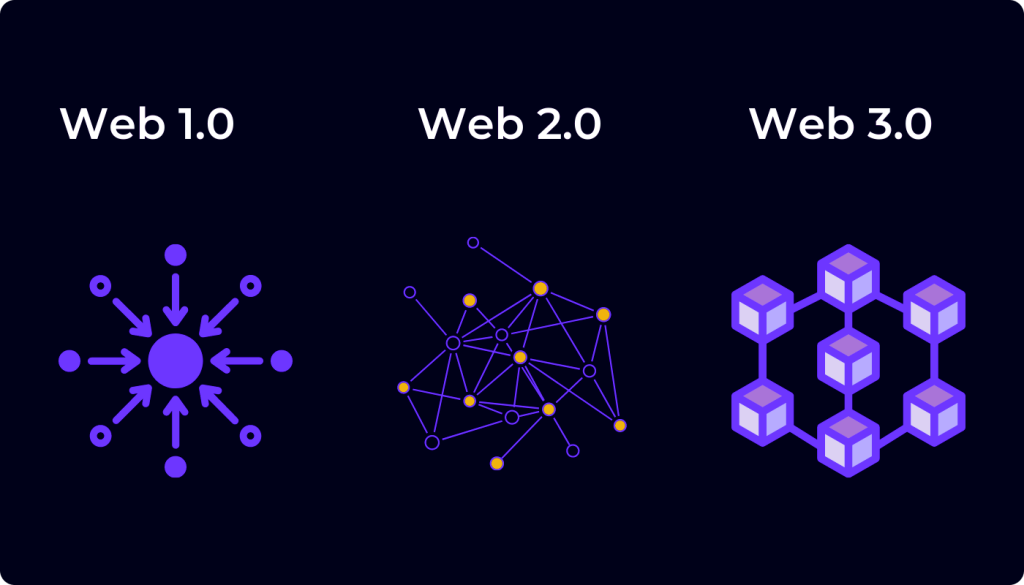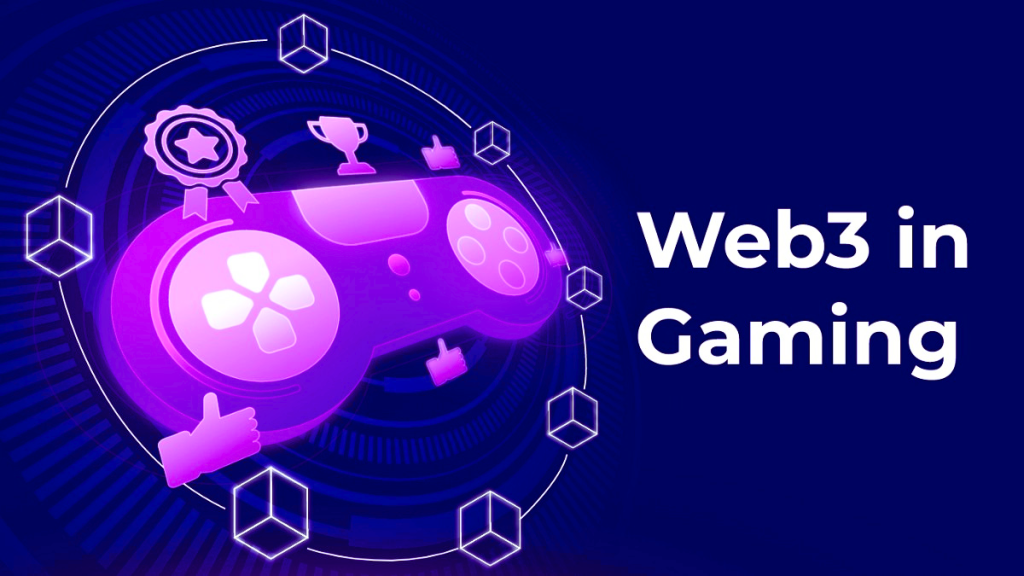CEO of Atmos Labs, Kevin Beauregard, unleashes the advantages of Web3-powered gaming — beyond play-to-earn to playable story-telling
Cryptocurrency. Non-fungible tokens (NFTs). Web3. These buzzwords have been flying around many corners of the internet, from art to finance and medical science.
However, many people aren’t sure what any of these buzzwords mean, or worse, they think it is all a scam. And while it is true that there has been some confusion with the technology, Web3 provides for a new digital future that reinvents the concept of what it means to own something.

Touching Upon Web3-Powered Gaming
However, let’s focus on gaming for now. When people think of Web3-powered gaming, many jump to “play-to-earn.” Generally, these games focus on the potential of making money playing games while overlooking the primary focal point of games: entertainment. This creates something that people want to make some quick cash with, not something people are interested in returning to repeatedly.
The way to make something that creates genuine interest and investment, whether it be a game, book, or anything else, is to first focus on a story. The story is what we as humans remember long after the spectacle of a moment. It’s what makes us care.
Today’s gaming landscape is almost like looking into a mirror into the video game world from the late 2000s and early 2010s. Back in those days, the idea of downloadable content (DLC) and microtransactions, small fees for extra game content, were foreign to gamers. The infamous Horse Armor DLC incident from The Elder Scrolls IV: Oblivion was the scandal sweeping the gaming landscape, as developer Bethesda offered a way for players to change the look of their in-game horse for $2.50. This was received so negatively by the gaming community that it is still referenced over 16 years later.

Pros and Cons of Notable Games – Reasons Why
That first foray into DLC brought rise to even more egregious examples of exploitation. Some games, such as 2012’s Asura’s Wrath, didn’t even provide its “real” ending in the game bought on store shelves. Players had to pay around $7 to download additional content to see that ending. Even worse, games like Street Fighter X Tekken had the DLC code included on the disc with the rest of the game. That means players still had to pay an additional fee to unlock content that was already in their possession.
Fast forward a few years, and games like Fortnite, Apex Legends, and Rocket League are now offering high-quality gaming experiences for free. This is only possible thanks to the deep integration of microtransactions included in these games that pay for development costs. Entire companies survive solely on microtransactions. How has this shift been possible? Because companies started developing games that players were invested in. When you are a big fan of a game like Fortnite, and play every day, dropping a few dollars here and there on a skin isn’t that strange. There are also social aspects at play, with gamers wanting to show off their wares to friend and foe alike, while helping those players represent themselves in a digital space.
Web3 gaming is currently in its Horse Armor stage. Companies are adding Web3 components to games just because they can, with no thought towards creating an environment that players actually want to spend time in first. There is a certain spectacle to playing games and earning money from play, but if that play isn’t interesting or engaging, then people are only there for the money.

What’s Next for Web3 Gaming?
The next iteration of Web3 games will focus on player ownership as the main goal. In the digital age, the concept of “ownership” is a strange one. Do you own the music that is streamed on Spotify, even if you download it to your phone or tablet? Just like with the movies and TV shows on Netflix, you don’t own any of it. Do you own the skins you buy in Fortnite? Well, kind of. However, that ownership offers limited utility that is entirely cosmetic. You simply have access to the skins you have spent money on, skins that can only exist in Fortnite and nowhere else.
What if you have a Fortnite skin that isn’t available anymore? And what if someone else wants to buy that skin from you? Or what if you missed out on an opportunity to buy something from the in-game store and want to look to the secondary market instead? In Fortnite, both parties are out of luck as there are no ways to transfer items to others. Future Web3 games not only allow the buying and selling of in-game items, it is a foundational part of the genre.
These in-game items in upcoming Web3 games aren’t just for buying and selling, either. In fact, they offer more utility than even something like a Fortnite skin. These items have meaningful stats and enhancements for use in-game. If you get an item that doesn’t work for your playstyle, or find you no longer are using some of the items you already own, simply sell them to players who are looking for those items. Similarly, if you want that one piece of gear that will complete your setup without having to work for it, you can go find someone who is selling it.

Conclusion – The Importance of Ownership
Ultimately, Web3 may be in its infancy now, but the technology will grow to become a cornerstone of the gaming industry.
Giving players actual ownership of their virtual items, growing communities of racers, and shifting the esports experience into something that can only happen in a Web3-powered metaverse environment are all real, concrete ways that Web3 will make players re-think what games can offer. And projects like ExoGP will be the first ones out of the gate, leading the charge.
By Kevin Beauregard, CEO of Atmos Labs
About Atmos Labs: Atmos Labs is a studio with a mission to be the world’s leading producer of immersive entertainment experiences. We are designing our products to meet at an interaction of three core cultural touchpoints: inspiring displays of competitive excellence, passionate fandom, and compelling community and viewing experiences.



